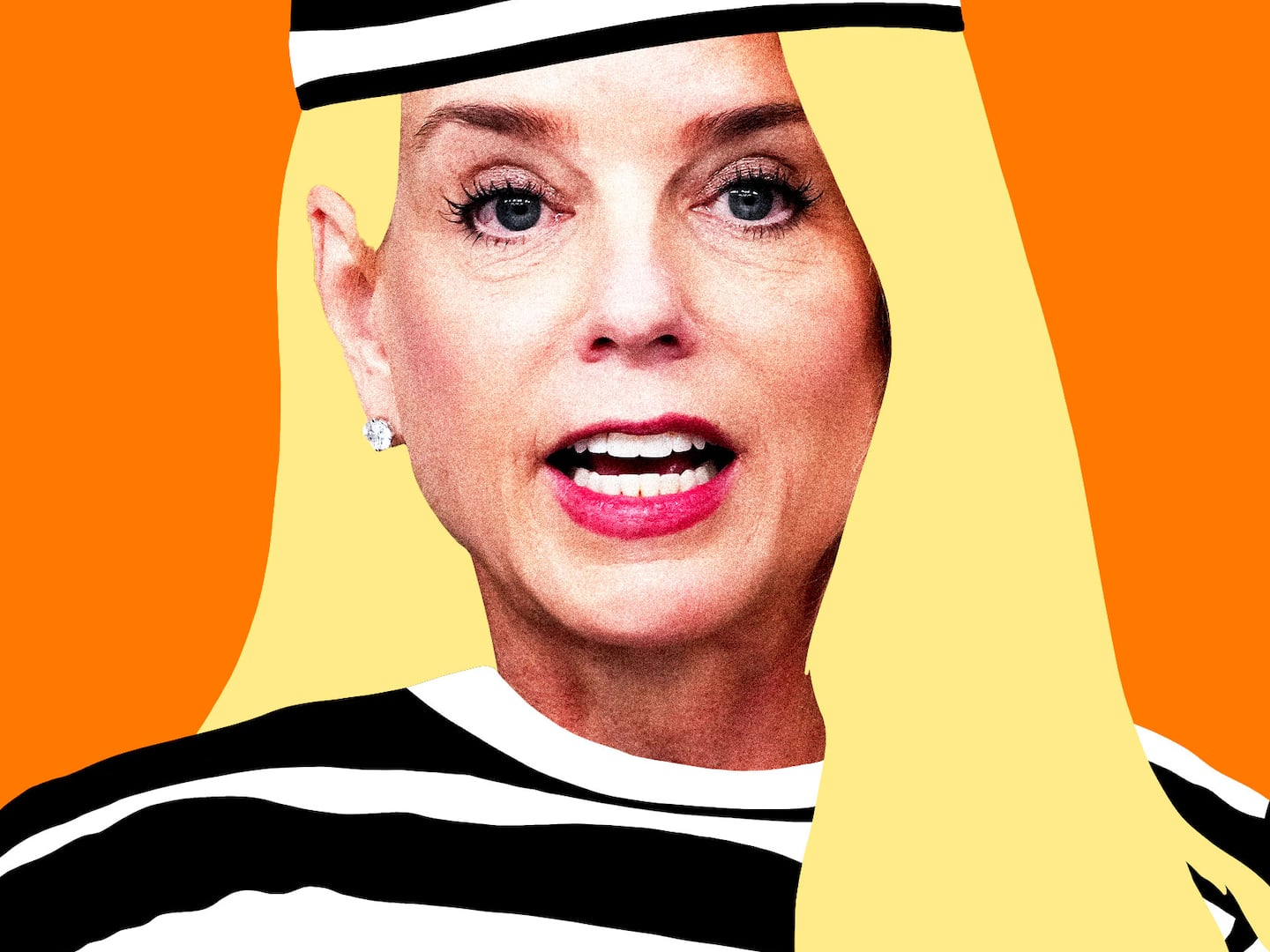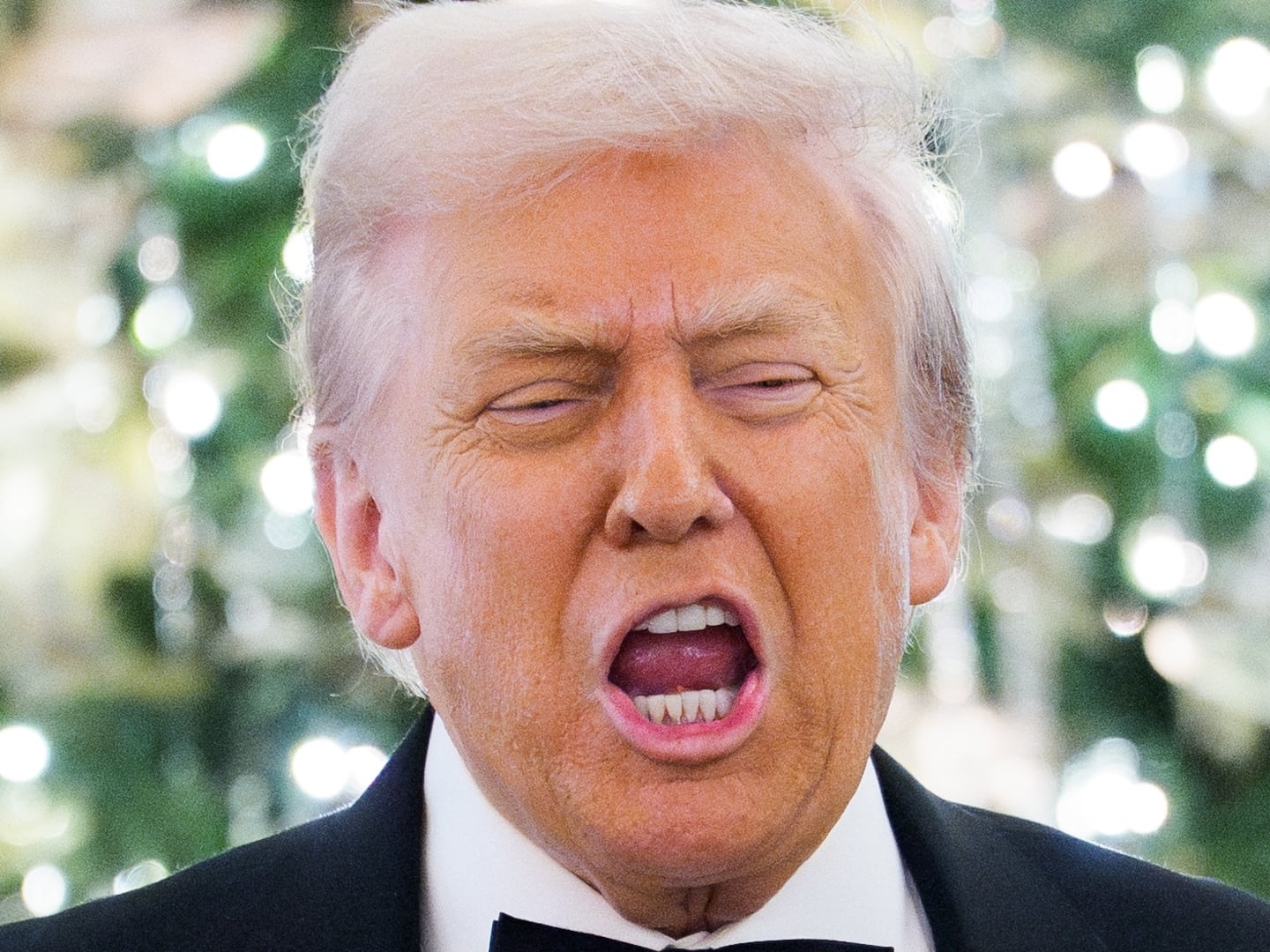As the world awaited news from London’s St. Mary’s Hospital, where the Duchess of Cambridge has given birth to her first child, oddsmakers have zeroed in on Alexandra and George as the top picks for the royal baby’s first name. But what about the baby’s surname?

Let’s see. The prince goes by William Wales, right? Or is it Mountbatten-Windsor? But aren’t they members of the House of Windsor? And how does Cambridge fit in?
Those are all acceptable, actually, depending on the situation; the members of Britain’s royal family don’t have an official last name. Instead they go by a number of different surnames according to personal preference.
Prior to 1917, the royal family did not have a last name at all, but rather was a member of a House, the name of which could also be used as a surname (examples: the Tudors, the Stuarts). Back then, the reigning monarchs were members of the House of Saxe-Coburg-Gotha, which in addition to being extremely hard to say was German ... and Britain was at war with Germany. So Queen Elizabeth’s grandfather George V changed the family’s official name to the House of Windsor, after their residence, which also happens to be the world’s largest and oldest inhabited castle.
George V’s successors—his sons, Edward VIII (who only held the throne for a year before abdicating to marry divorcee Wallis Simpson) and George VI, and his granddaughter Queen Elizabeth II—are all members of the House of Windsor, along with dozens of other male and unmarried female descendants. But Elizabeth and her husband, the Duke of Edinburgh, decided in 1960 that they wanted to distinguish their children from the rest of the giant royal family without changing the name of the House. If a surname was necessary (as it sometimes is for things like marriage documents, school papers, etc.), they decreed that their four children would use Mountbatten-Windsor, Mountbatten being Prince Philip's mother's name and also the one he took when he renounced all his Greek titles to join the Royal Navy and marry Elizabeth in 1947.
The first time the name Mountbatten-Windsor was used on an official document was when Elizabeth’s daughter, Anne, styled as the Princess Royal, married Capt. Mark Phillips—although just to confuse everyone, Anne took her husband’s last name, and her children now have that surname. Nor did Anne choose titles for her children, so they are known simply as Peter Phillips and Zara Phillips Tindall.
But members of the royal family who do have titles also have the right to use them as a last name. As first in line for the throne, Charles took his title Prince of Wales in 1958, and Diana became the Princess of Wales when they married in 1981. Their sons went by William and Harry Wales in school and in the Army. Additionally, Prince Charles automatically became the Duke of Cornwall when he was just 3 years old and his mother became the queen, and his second wife, Camilla, was given the title Duchess of Cornwall when they married in 2005.
As for Prince William, he was given the title Duke of Cambridge when he married the woman formerly known as Kate Middleton in 2011, officially making them Duke and Duchess of Cambridge. If William follows in his father’s footsteps, his newborn son could simply have the last name Cambridge—although that could make things confusing if he decides to attend one of the colleges at Cambridge.
So far, there’s no protocol among William’s cousins. While he’s not the first of the queen’s grandchildren to have a baby (Peter Phillips has two daughters, Savannah and Isla, born in 2010 and 2012, respectively), he is first of the eight who have titles. It’s likely to stay that way for a while—it doesn’t look like Harry or any of the others are rushing down the aisle soon. (In fairness, Princes Edward’s son, James, is only 5 years old.) The daughters of Andrew, the Prince of York and Charles’s younger brother, use the names Beatrice and Eugenie York, while the children of the Earl of Wessex, Charles’s other brother, go by Louise and James Windsor—without the Mountbatten. Go figure!
If you’re holding your breath for the royal baby’s name, just remember: it took the Duke and Duchess of Cambridge three weeks to announce that they named their dog Lupo.






